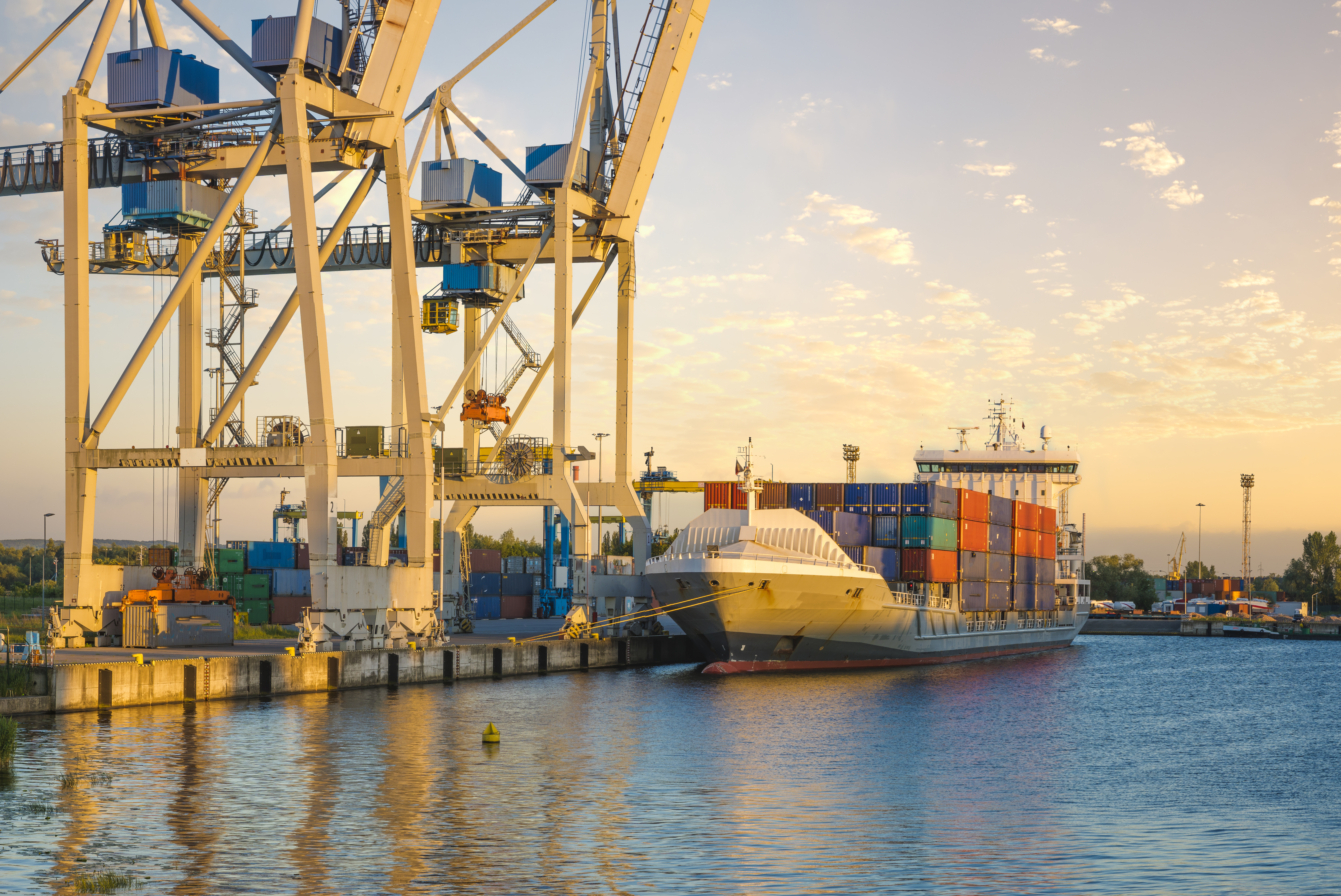India Seeks to Boost Latin American Ties
India Seeks to Boost Latin American Ties
India hosts foreign ministers from Chile, Cuba, and Venezuela on August 7 in a bid to improve diplomatic and commercial ties with Latin America.
While China’s growing influence tends to dominate headlines, Asia’s other giant—India—is looking to gain its own foothold in Latin America’s growing economies. In an effort to boost ties with the region, India will host the first India-CELAC (short for the Community of Latin American and Caribbean States) Dialogue on August 7 in New Delhi. “The formation of CELAC would provide India with a new platform for regional engagement,” said Indian Ministry of External Affairs Secretary (West) Shri M. Ganapthi upon announcing the planned meeting between his country and the newly formed regional integration organization, which comprises all countries of Latin America and the Caribbean. Foreign ministers from the CELAC leadership “troika”—Alfredo Moreno of Chile, Bruno Rodríguez of Cuba, and Nicolás Maduro of Venezuela—will meet with Indian Foreign Minister Somanahalli Mallaiah Krishna in New Delhi. With the meeting, India hopes to increase growing trade and diplomatic ties with Latin America, following a strategy that previously brought the country success in Africa. Latin America also stands to gain much economically from access to India’s market and its growing demand for food and energy.
The dialogue will build on already budding ties, as the past decade saw impressive growth in Indian-Latin American relations. Bilateral trade grew from $2 billion in 2000 to $25 billion in 2011. Indian companies are now more present in the region than ever before, in industries such as pharmaceuticals, information technology, and consulting. Indian foreign direct investment in Latin America reached $15 billion this year, with Latin American investment in India standing at $1 billion. Diplomatic ties also increased. The number of Indian embassies in the region doubled from seven to 14 from 2002 to 2009. The number of Latin American embassies in New Delhi grew from 12 to 18 over the same period. So far this year, leaders from Brazil, Paraguay, and Trinidad and Tobago have visited India, while the Indian prime minister visited Brazil and Mexico in June.
However, India’s commercial relations with the region are still far below potential, says Ganapathi. While Indian-Latin American trade grew tenfold over the past decade, it is still one-tenth of that between China and Latin America. Ganapthi says Indians need to overcome “excuses of poor distance, poor connectivity, and language constraints” to conquer what many call the “final frontier” of Indian commercial relations.
There are advantages for Latin America as well. India is forecast to become the world’s most populous country by 2030, and urbanization should expand over the same period. Consequently, products from Latin America will be greatly sought after, wrote former Chilean ambassador to India Jorge Heine for India’s The Hindu. Indian demand for resources such as food, oil, and construction materials will be a boon for producer countries such as Argentina, Brazil, Chile, Paraguay, and Venezuela, he said. The growth of the Indian market provides the opportunity for Latin America to move up the value chain, with the possibility to export more processed goods in those fields. The sentiment is echoed by Deepak Bhojwani, India’s ambassador to Colombia, Cuba, and Venezuela, who says “India’s appetite for industrial raw materials, fuel and food...make it hard for us to ignore each other.”
A full agenda has not yet been released, but Ganapathi said the dialogue will also focus on cooperation in other fields. India said it would boost science and technology exchanges with the region, as well as increase the number of Indian Technical and Economic Cooperation scholarships it offers to students from the region from the 450 already in place. Leaders will also discuss cooperation in issues of mutual concern, such as United Nations reform, containment of human trafficking, and disaster management.
Learn More:
- Read an AS/COA Online News Analysis on CELAC’s founding and access an Explainer on Latin America’s regional integration organizations.
- A Spring 2011 Americas Quarterly article evaluates India’s increasing economic presence in Latin America.
- The Indian Ministry of External Affairs released press release announcing the First India-CELAC meeting.
- Access a 2010 Inter-American Development Bank report on the importance of improving Indian-Latin American ties.
- The Inter-American Dialogue consulted three experts on the future of Indian-Latin American relations.








